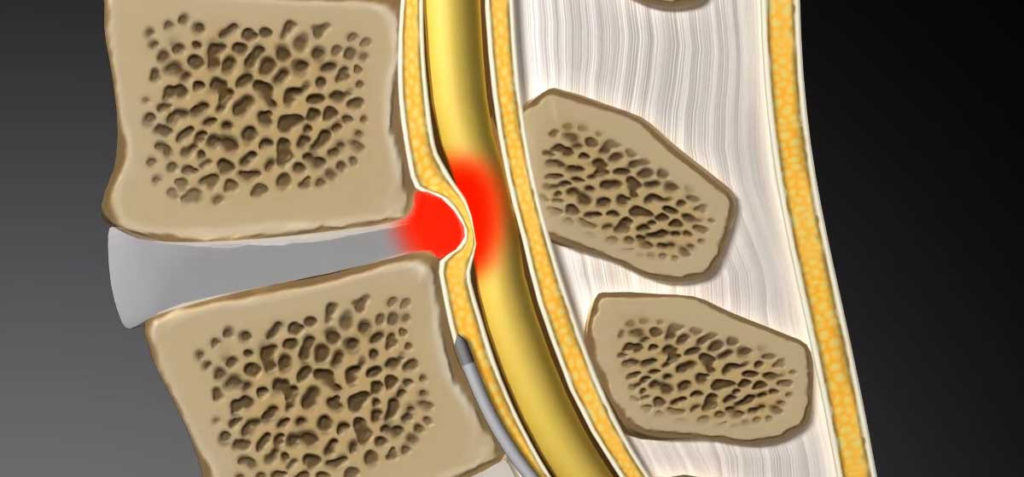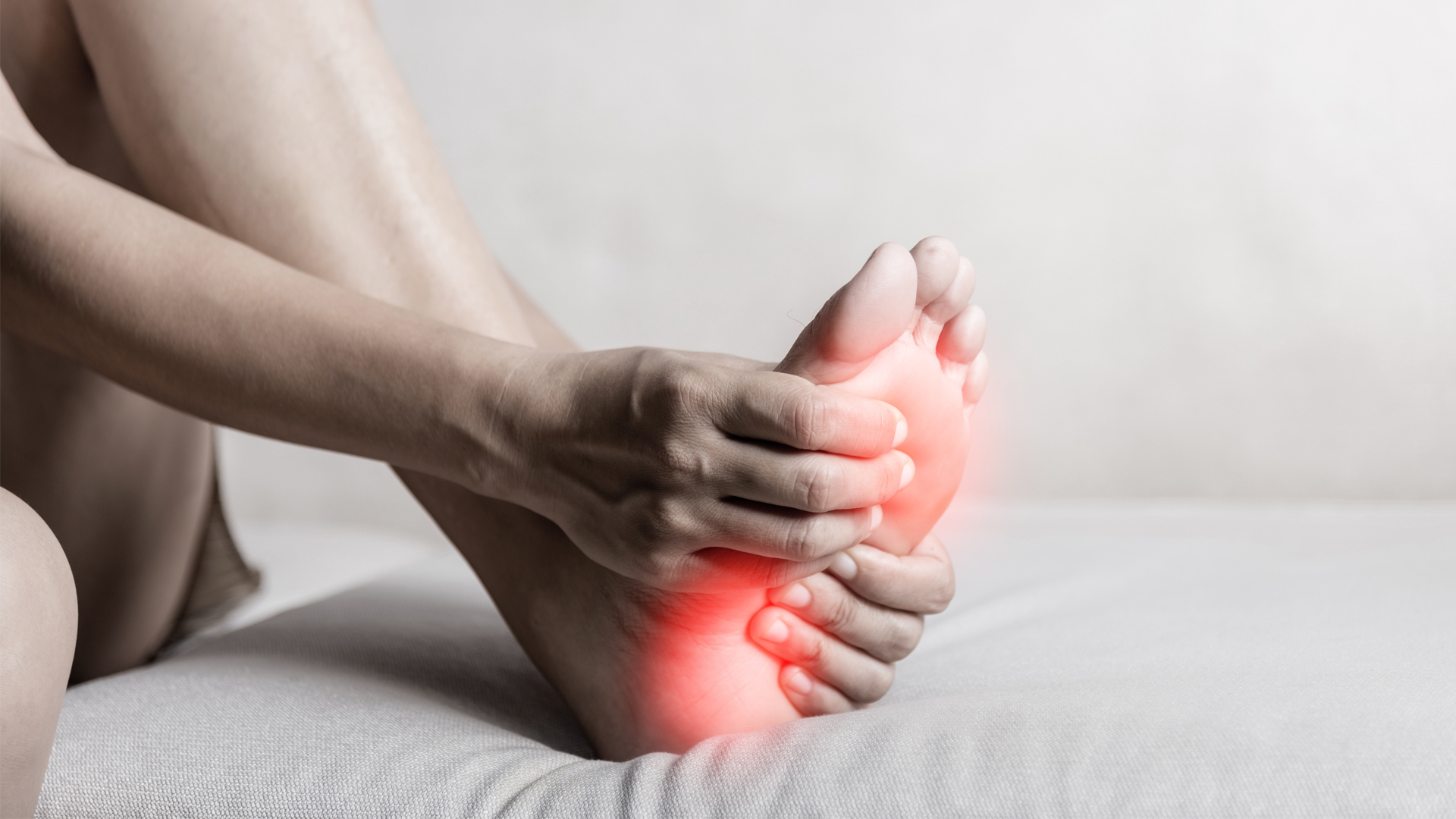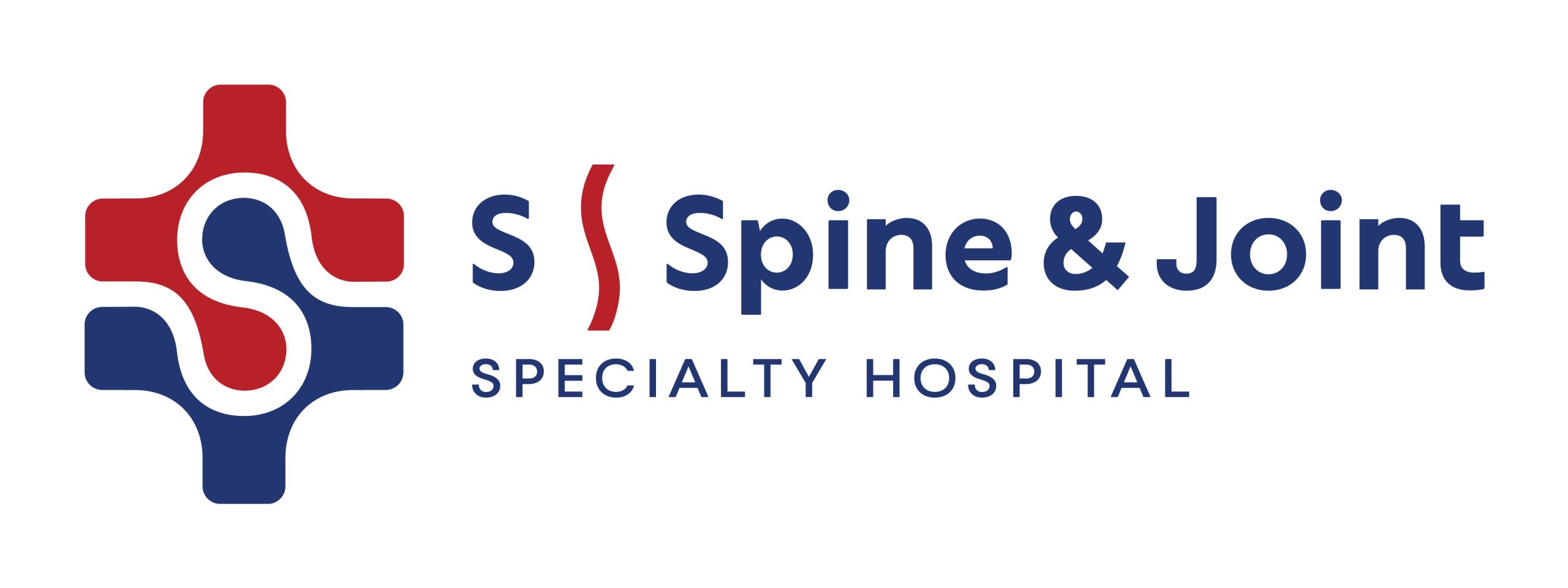Sciatica, sometimes referred to as sciatic pain, is a condition related to the sciatic nerve, the longest nerve in the human body. This nerve is formed by the convergence of five lumbar spinal nerves, which join together in the pelvic region. It then extends downward, controlling and supplying muscles and joints from the hip, thigh, knee, calf, and foot, all the way to the toes

Sciatica is pain caused by irritation or compression of the sciatic nerve. Patients often experience pain in the lower back or hip, radiating down the leg, usually on one side only. Common areas of pain include:
- The back of the thigh and calf
- The lower back and hip
- The front or side of the leg
- Sometimes extending to the ankle, foot, and toes
Symptom Characteristics
Duration: May last for just a few hours or persist for days or weeks, depending on the severity of the cause.
Severity: Varies based on the degree of nerve irritation or compression.
Pain Pattern: Can range from dull, aching pain to sharp, stabbing sensations, and may include numbness, tingling, or weakness in the leg or foot.
Factors Affecting Symptoms
Triggers for Worsening Symptoms: Walking, bending, sitting, standing up, coughing, sneezing, or straining during bowel movements.
Body Adaptation: Patients may unconsciously lean to one side while walking to avoid putting pressure on the nerve.
Causes and Risk Factors
Accidents or injuries that may lead to lower back pain include:
- Car accidents
- Falls
- Sports injuries
- Poor posture or improper movements
- Incorrect use of the spine or inappropriate lifting techniques
These Factors May Lead to:
- Spinal imbalance
- Abnormal movement of fluid in the intervertebral discs
- Tightness of the hip muscle (piriformis muscle)
- Compression of the sciatic nerve by a herniated disc
All of these can cause irritation or compression of the sciatic nerve, leading to lower back pain radiating down to the leg.

First Aid Treatment for Sciatica
When sudden sciatica or sciatic pain occurs, first aid is crucial to relieve symptoms and prevent further injury to the spine before receiving treatment from a specialist. The following steps should be followed:
- Stop the activity immediately: If you experience sudden pain, stop whatever you are doing or put down whatever you are lifting right away.
- Rest in a proper position: Rest your spine by sitting or lying down in a proper posture.
- Apply a cold compress: Use ice to compress the painful area for 10 minutes every 1–2 hours until swelling or inflammation subsides.
- Perform spinal exercises: Try doing spinal exercises correctly. If it helps relieve the pain, continue for about 10 minutes every 1–2 hours. However, if the pain worsens, stop immediately and consult a doctor.
- Consult a doctor: If the pain, swelling, and inflammation do not subside, do not delay and promptly seek a specialist in spinal health.
Important Warning: Do not ignore back pain or sciatic pain, as prolonged nerve compression can lead to nerve damage and increase the risk of paralysis. Early treatment is therefore crucial.
Treatment Options: Currently, the S Spine and Nerve Hospital has introduced an innovative treatment using laser technology to treat nerve compression caused by herniated discs. This method helps patients recover without the need for surgery, offering an appealing option for those who wish to avoid surgical procedures.




